The Island of Ely, Cambridgeshire: Where 85ft above sea level is almost a mountain
Clive Aslet takes a look at Ely, the beautiful and ancient city that can be seen from miles around in the Fens.
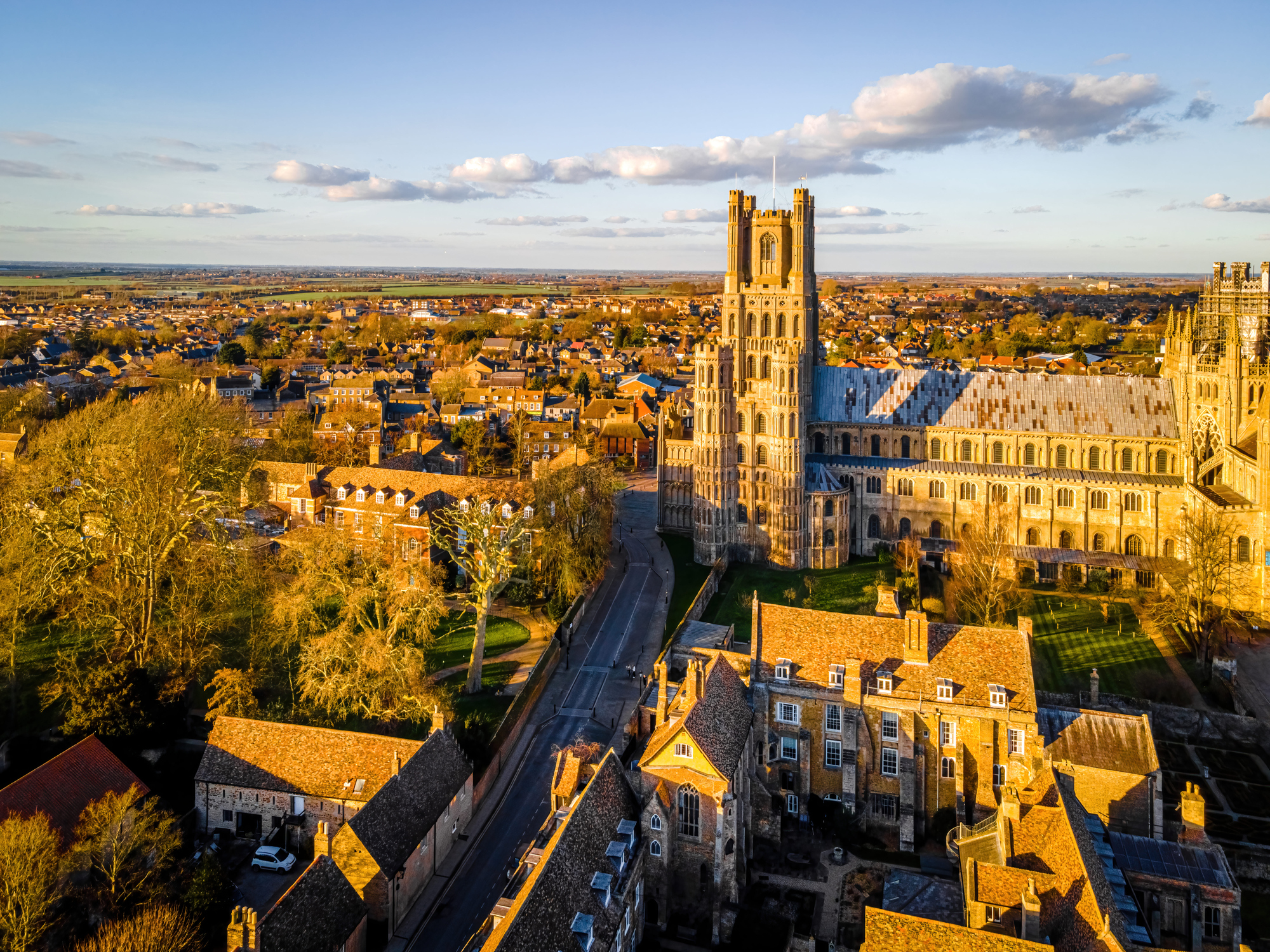
Ely is only 15 miles from Cambridge, but, even today, when the octagon of the cathedral is silhouetted against the blood-orange sunset of an immense fenland sky, it can seem remote and spooky. The 23-square-mile prominence on which the city is built made it an island until the Fens were drained by Dutch engineers in the 17th century; not for nothing did Ely Cathedral earn the nickname 'the Ship of the Fens'.
Half a millennium before those engineers came, the Island of Ely this provided a refuge for one of the last Saxon leaders to stand against William the Conqueror after 1066. This folk hero has come down to us as Hereward the Wake. Like the second half of Winnie-the-Pooh’s name, nobody quite knows what ‘the Wake’ means; presumably, it was intended to suggest that he was always on the qui vive against his enemies. He was, however, a real man, as his story appears in the Anglo-Saxon Chronicle of 1071.
Hereward had returned from exile to find his family lands seized, his brother killed, his sister raped. After killing many Normans single-handedly, he fled to Ely, where the Bishop of Durham and several hundred followers joined him.

When William sent an army against them, Hereward used his knowledge of the watery fens to defeat them: cunningly waiting until the Norman troops were stationed on a pontoon to cross the marsh before setting fire to it.
Eventually, a monk betrayed him, but Hereward slipped away — and out of the pages of history — before he was caught.
How to visit Ely
Ely sits to the north of Cambridge and Newmarket, on the main A10 — and the Great Ouse — which runs up to Downham Market and King's Lynn; there's also a railway station. No matter which way you arrive, you'll see the place from miles around: Ely's highest point is a mere 85ft above sea level, but the surrounding land is almost completely flat — and much of it lies at or even below sea level.
The city, the fifth smallest in England by population with just 15,000 residents, has plentiful shops, restaurants and hotels. Then there's the famed cathedral, one of the finest in the country. Tickets costs £9 for visitors.
Sign up for the Country Life Newsletter
Exquisite houses, the beauty of Nature, and how to get the most from your life, straight to your inbox.
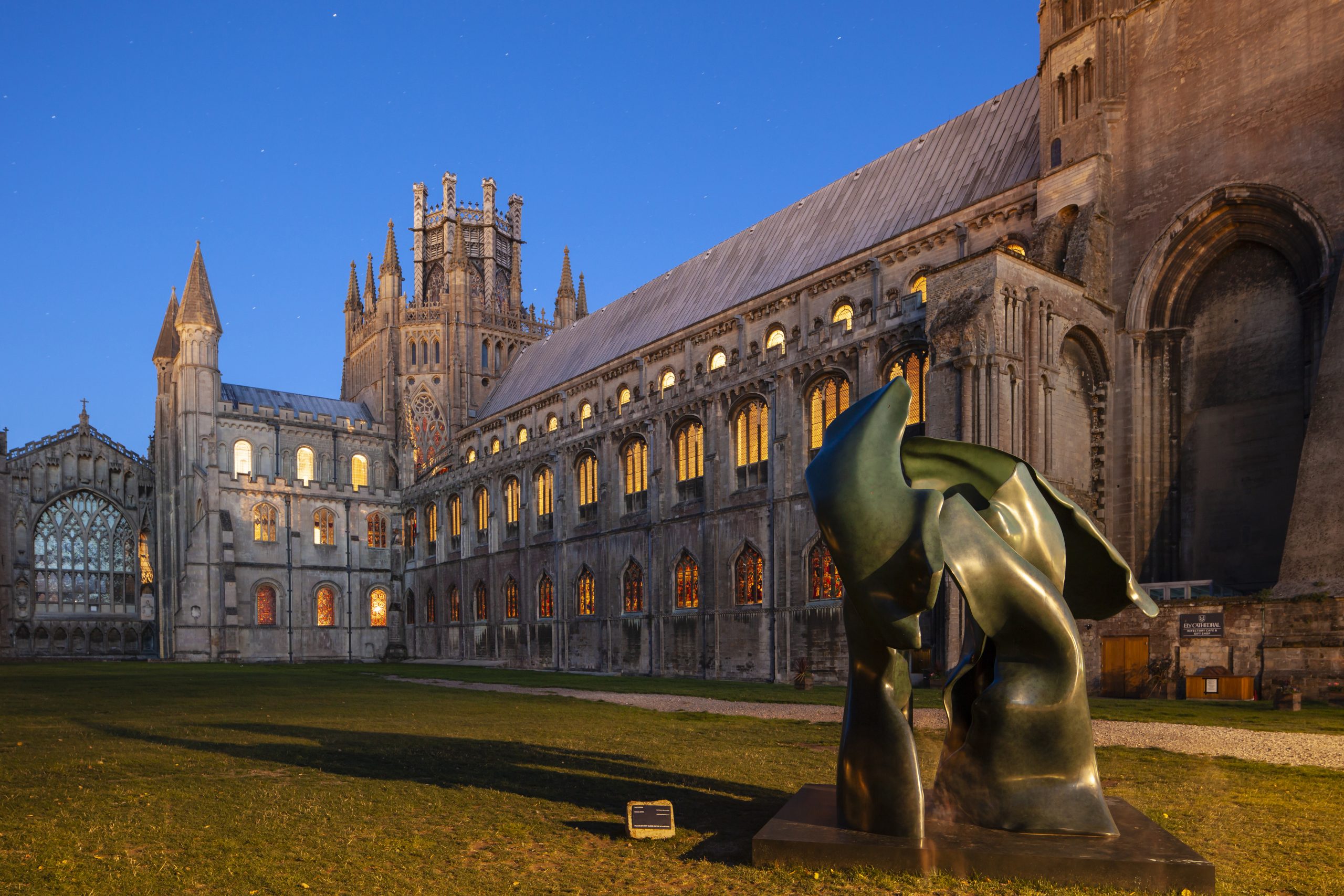
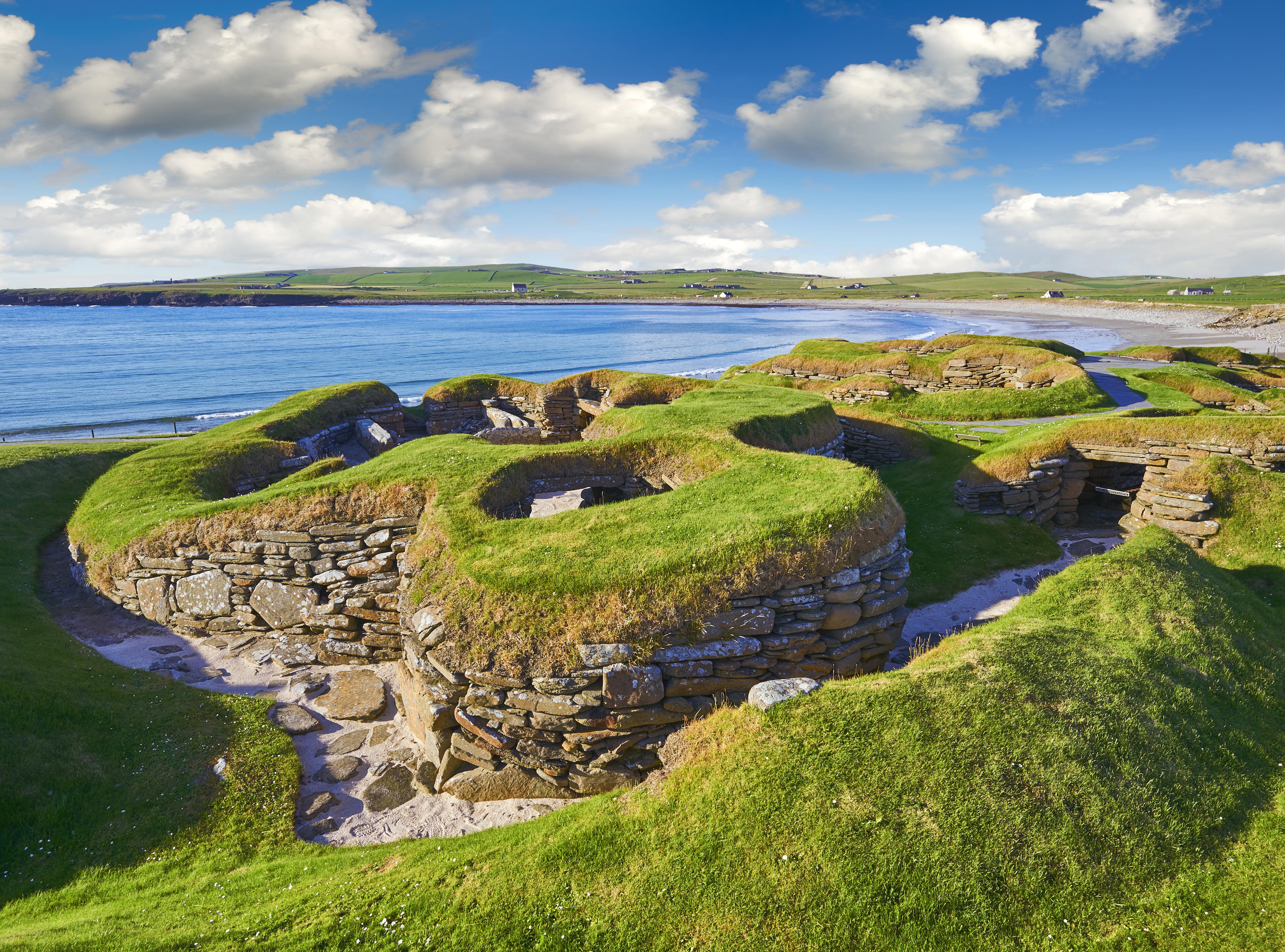
Skara Brae: The prehistoric village on Orkney that's older than Great Pyramid of Giza
The best-preserved Neolithic settlement in Europe isn't in a French cave or an Italian hillside; it's Skara Brae on Orkney,
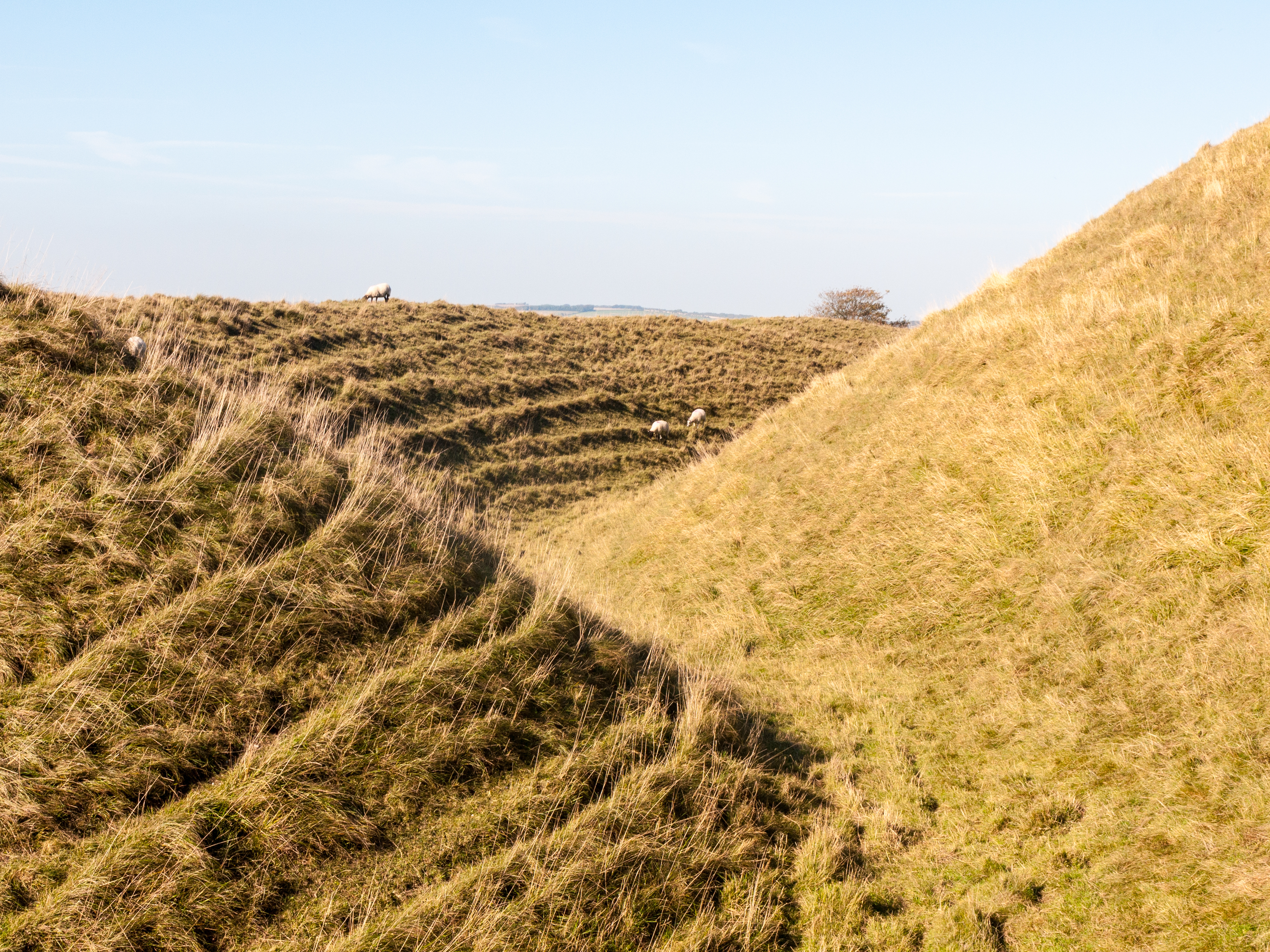
Maiden Castle, Dorset: An ancient hill fort the size of 50 football pitches
The mysterious and ancient Maiden Castle occupies a vast site in Dorset. Clive Aslet takes a look.
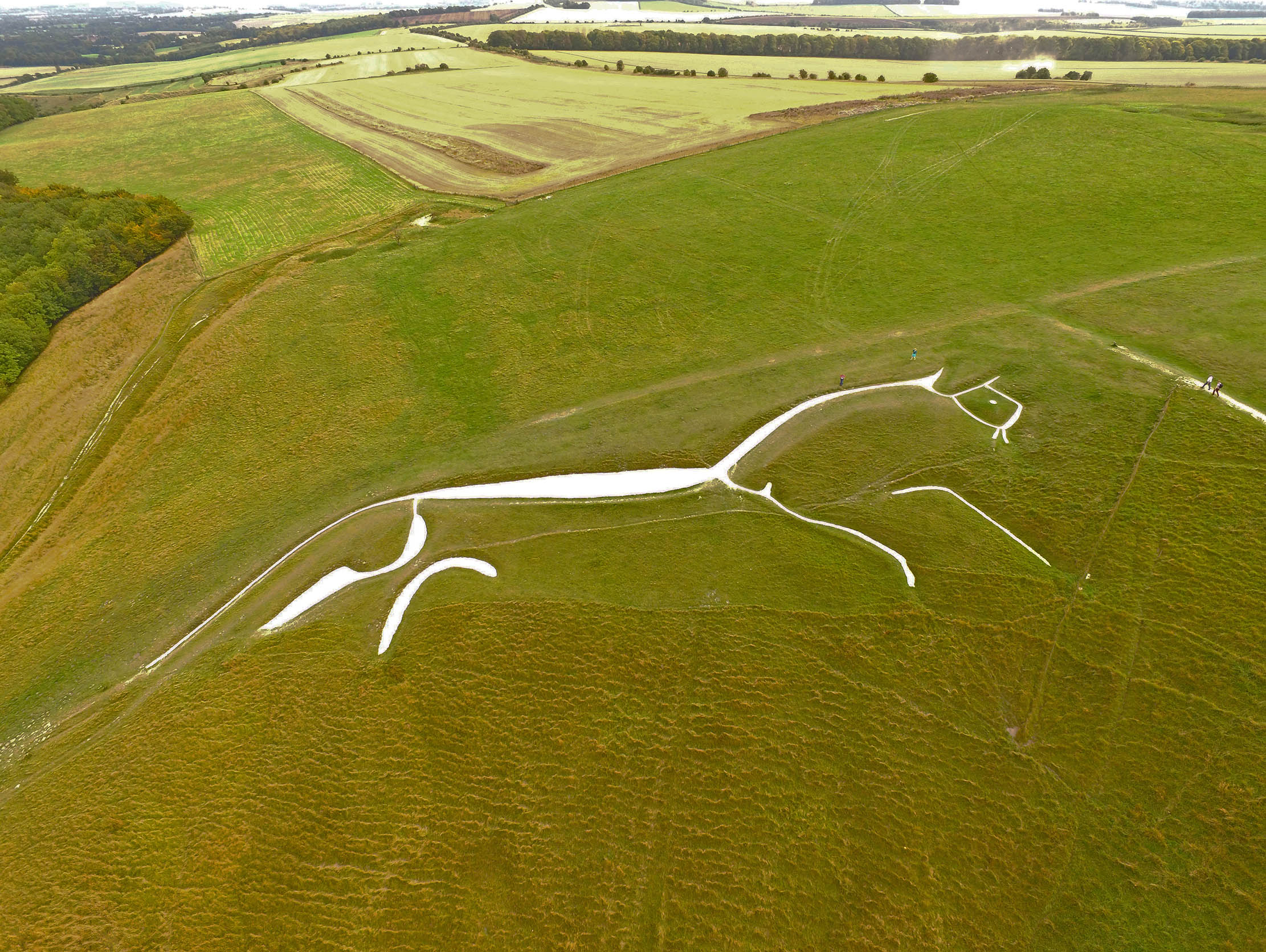
The Uffington White Horse, Oxfordshire
Thousands of years ago, ancient Britons created a vast and spectacular stylised portrayal of a horse in the hills of
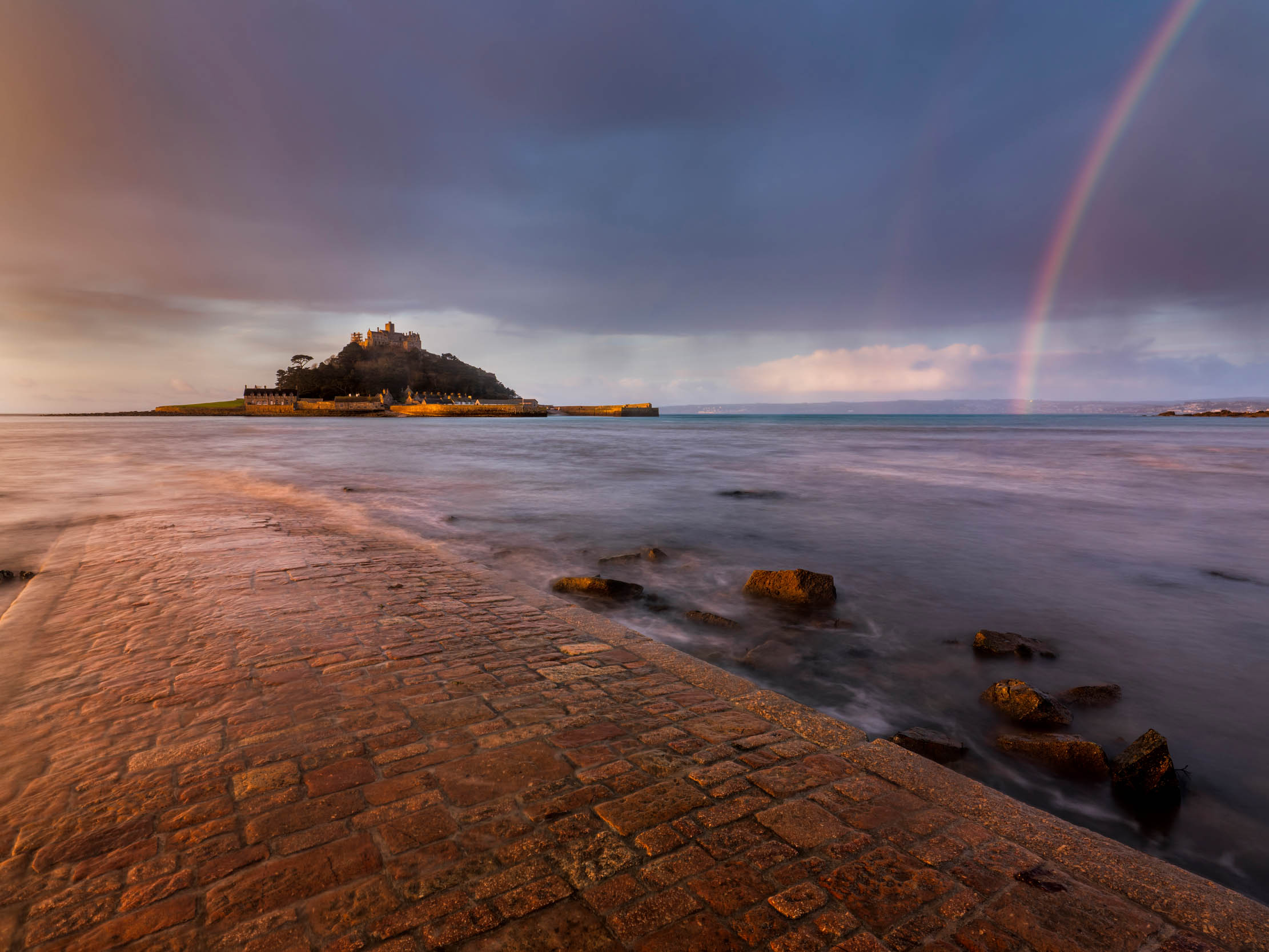
St Michael’s Mount, Cornwall: The monastery that became a castle that became a home
Few spots on the coast of Britain are as romantic and storied as St Michael's Mount in Cornwall.
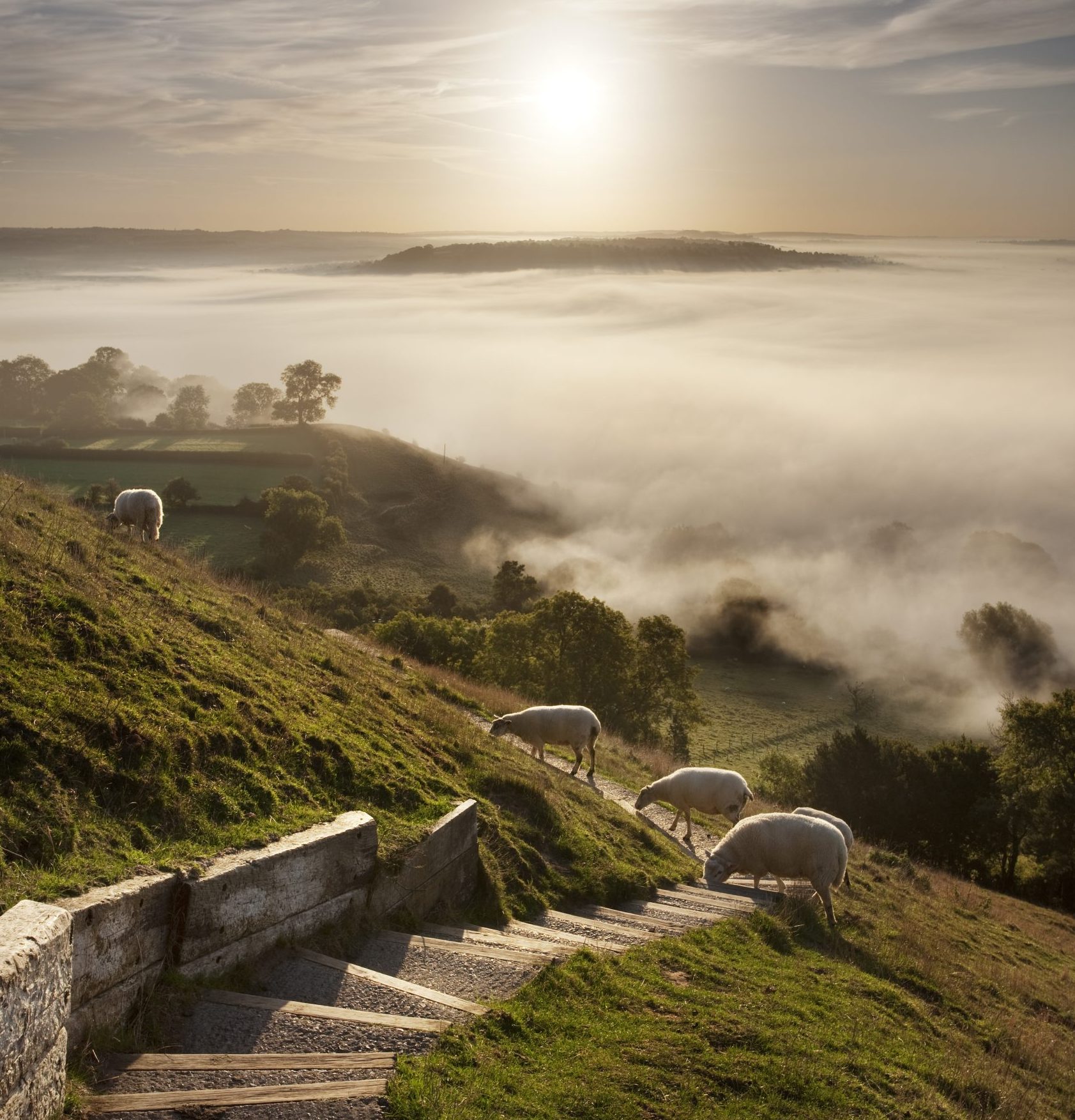
Glastonbury, Somerset: The place where the Holy Grail came to Britain
The ancient town of Glastonbury is synonymous without spirituality, mysticism and legend — and it's an unmissable stop-off on our list
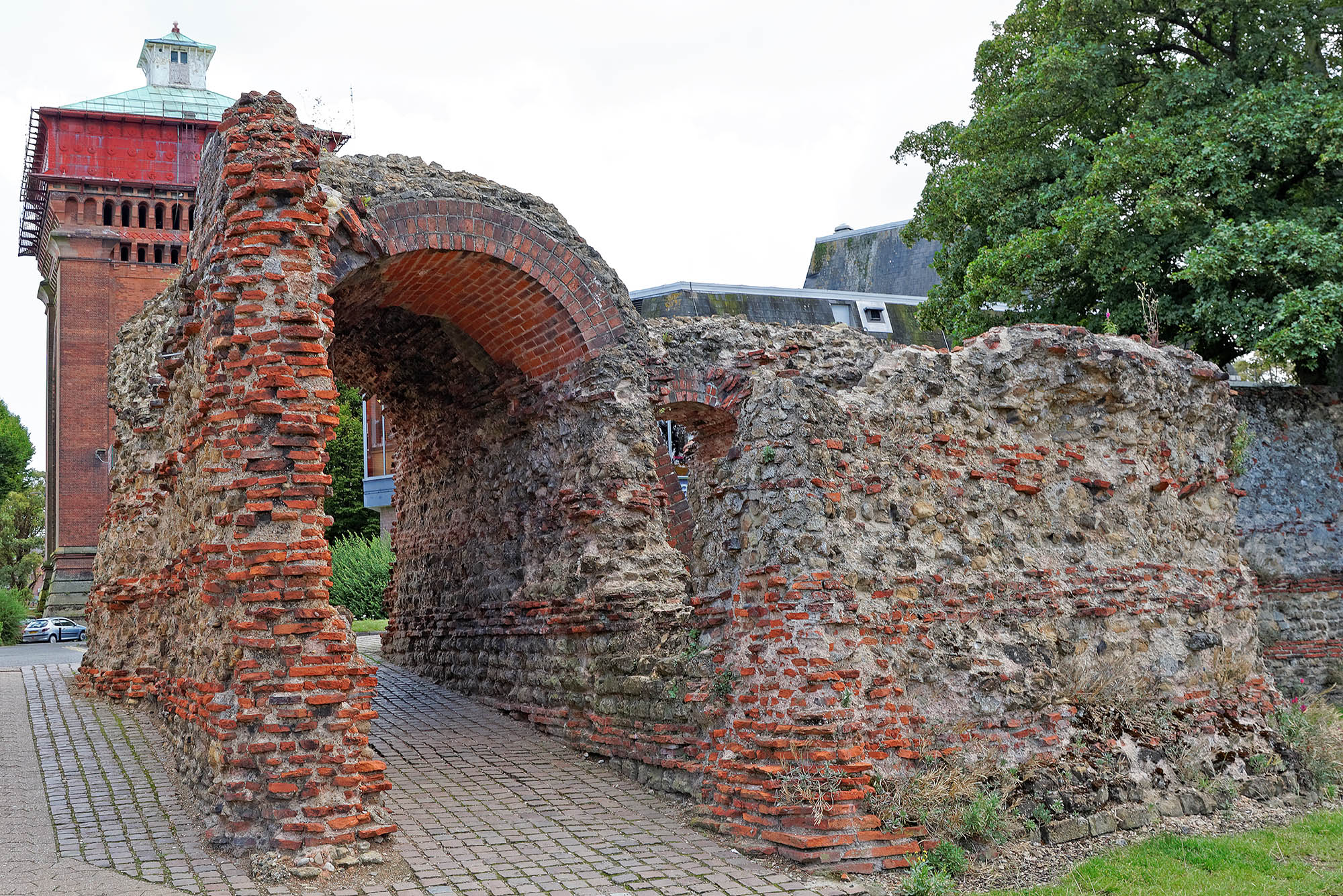
Colchester, Essex: The purpose-built capital city of Roman Britain
Clive Aslet considers the town that was one of Roman Britain's greatest cities — and even, for a while, its capital:
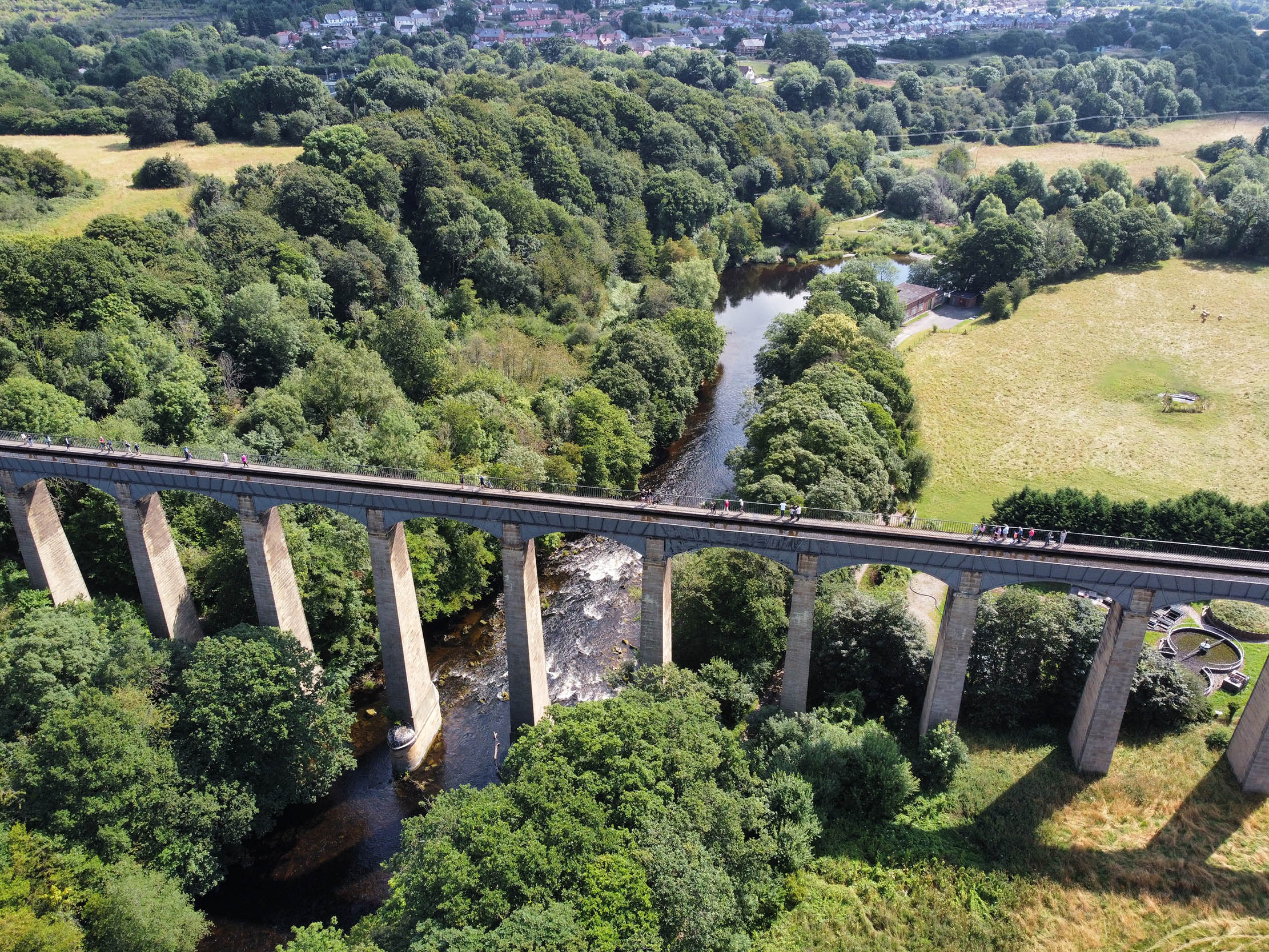
The Pontcysyllte Aqueduct: Thomas Telford's 'ribbon of water in the sky'
The magnificent Pontcysyllte Aqueduct is one of the great testaments to Industrial Revolution ingenuity — and as beautiful as it is
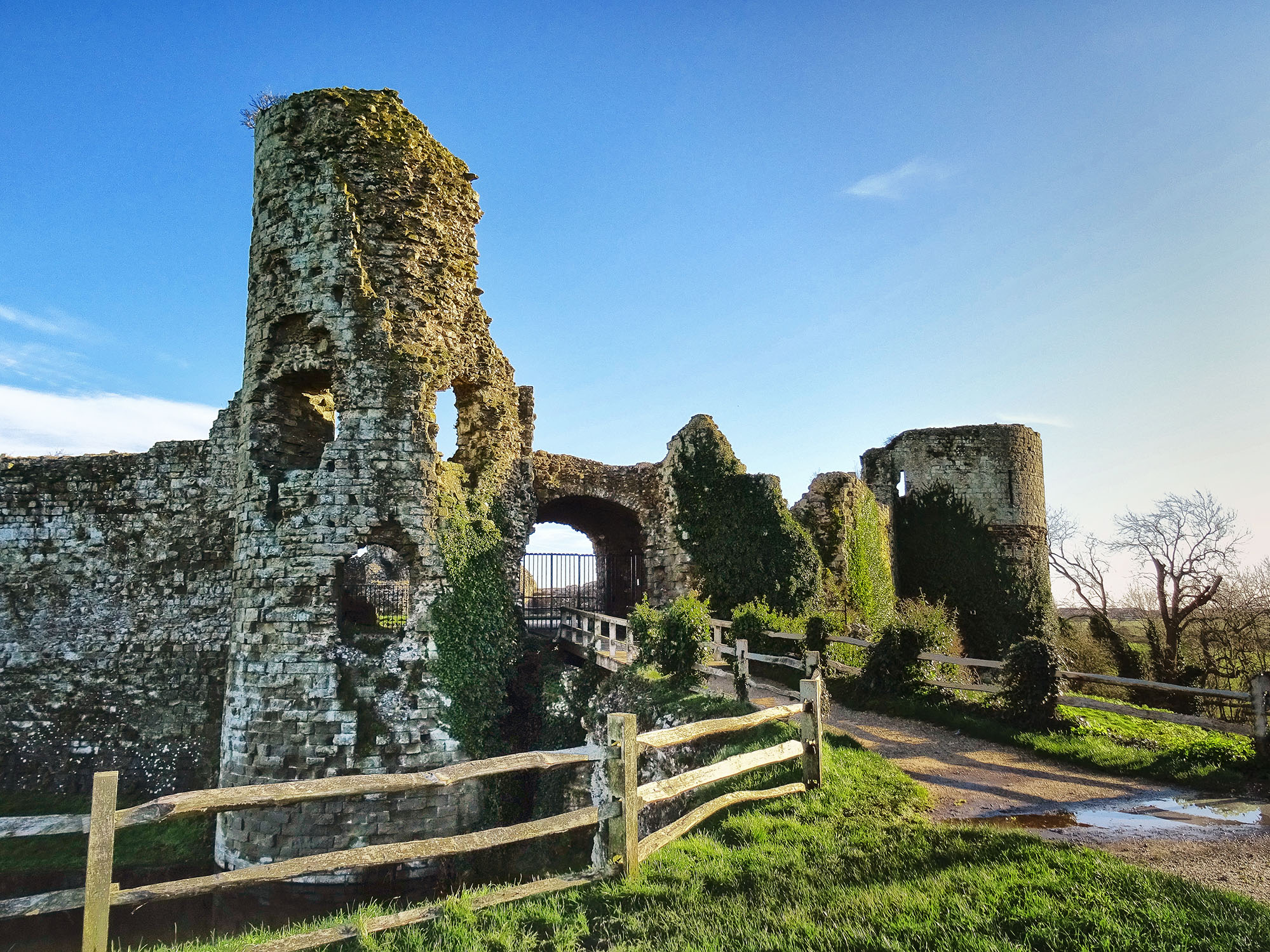
Pevensey Castle, East Sussex: The Roman castle that was still being used in World War II
When William the Conqueror landed at Pevensey, he moved in to the nearby castle — one which had already stood for
-
 Two quick and easy seasonal asparagus recipes to try this Easter Weekend
Two quick and easy seasonal asparagus recipes to try this Easter WeekendAsparagus has royal roots — it was once a favourite of Madame de Pompadour.
By Melanie Johnson
-
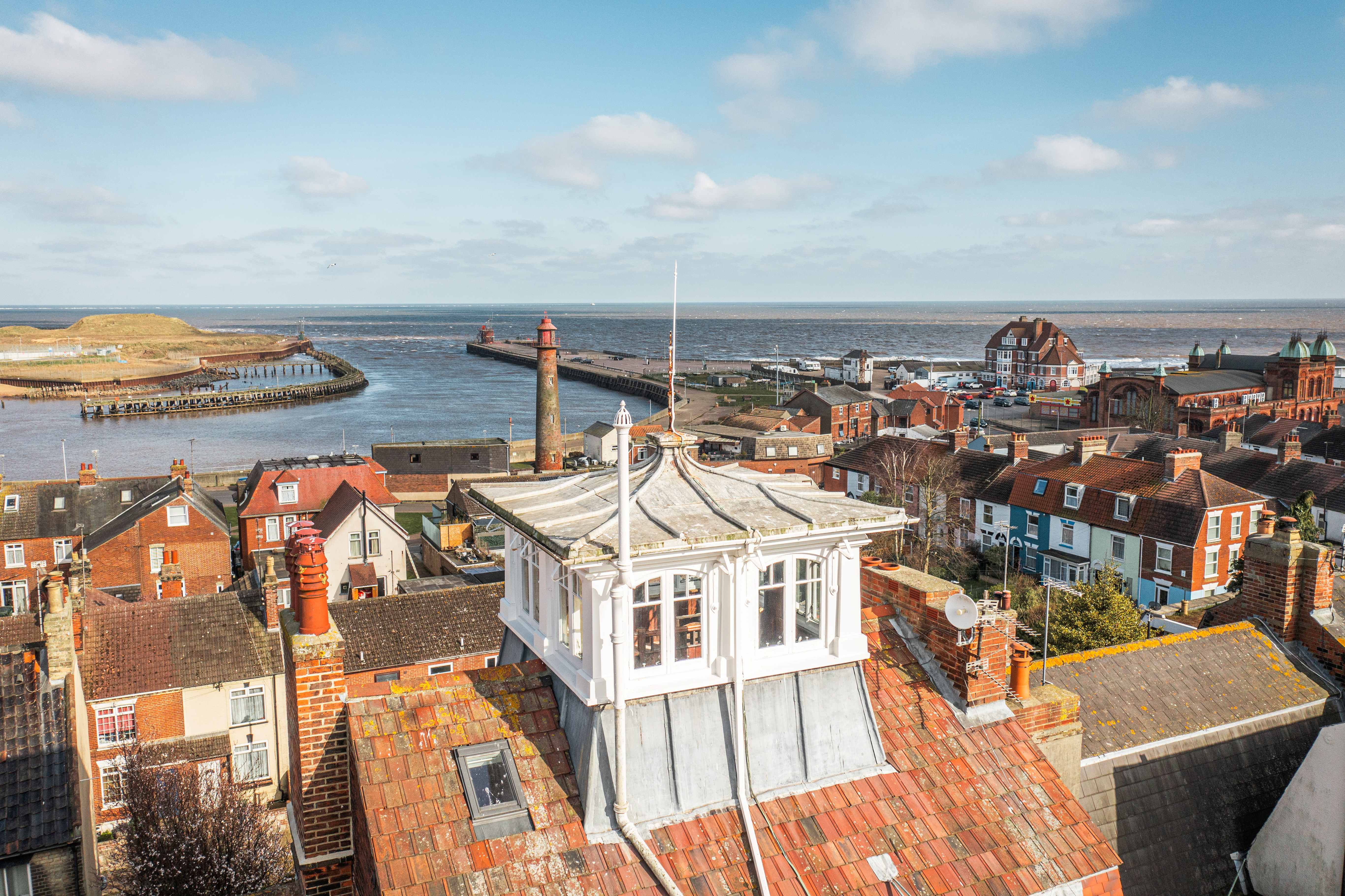 Sip tea and laugh at your neighbours in this seaside Norfolk home with a watchtower
Sip tea and laugh at your neighbours in this seaside Norfolk home with a watchtowerOn Cliff Hill in Gorleston, one home is taller than all the others. It could be yours.
By James Fisher
-
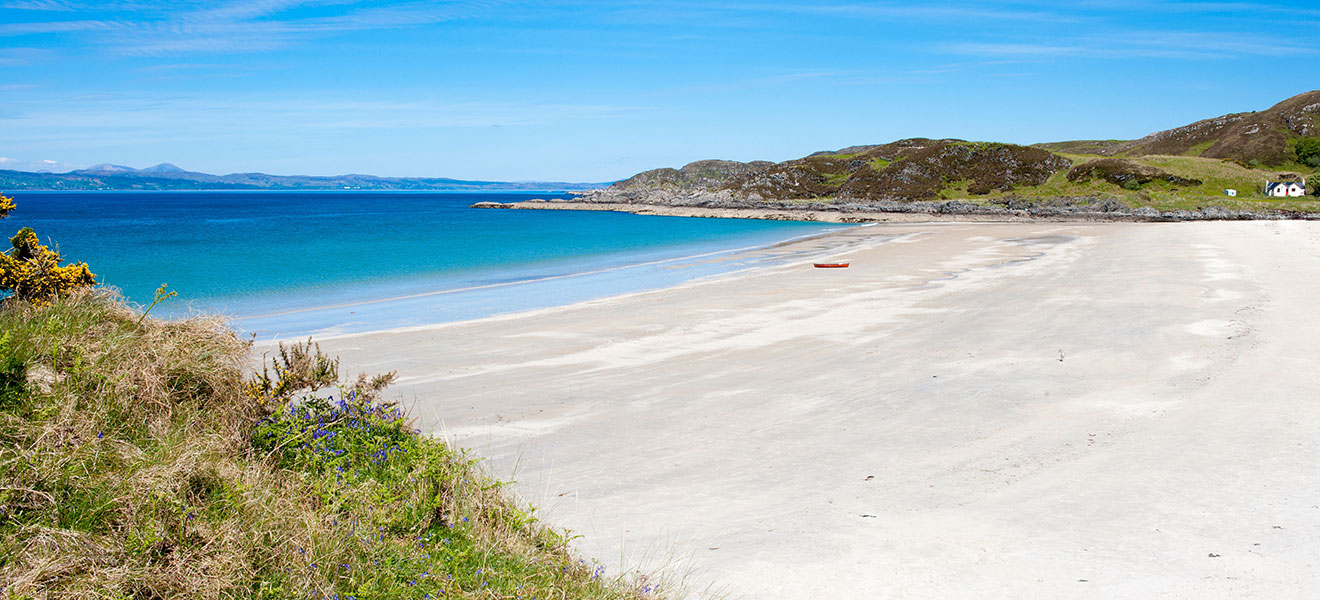 10 of Scotland’s most magical white sand beaches
10 of Scotland’s most magical white sand beachesWhat better day to celebrate some of Scotland's most stunning locations than St Andrew's Day? Here's our pick of 10 of the finest white sand beaches in the country.
By Country Life
-
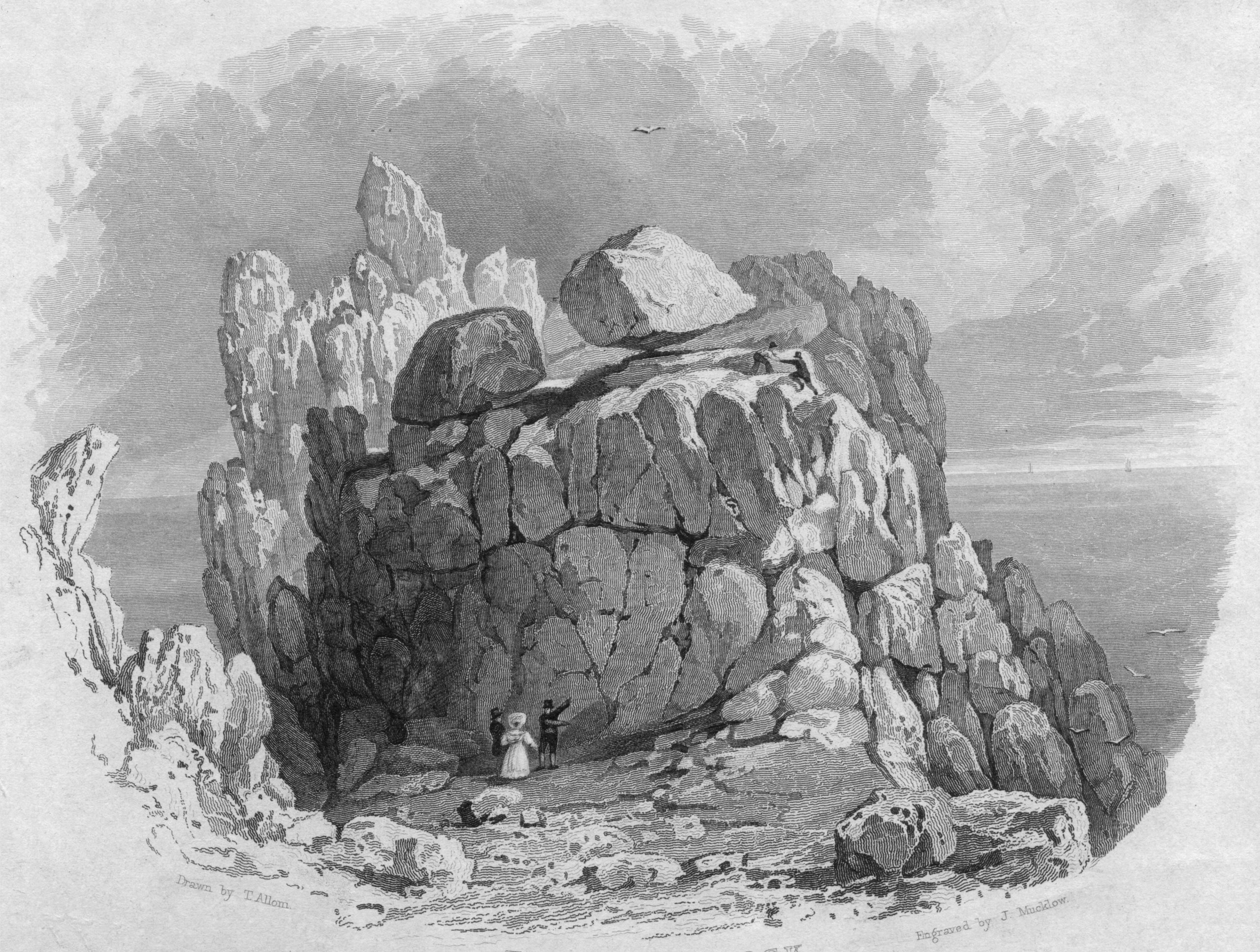 Curious Questions: Who dislodged Britain's most famous balancing rock?
Curious Questions: Who dislodged Britain's most famous balancing rock?A recent trip to Cornwall inspires Martin Fone to tell the rather sad story of the ruin and restoration of one of Cornwall's great 19th century tourist attractions: Logan Rock at Treen, near Land's End.
By Martin Fone
-
 Henley Festival: 13 things you'll see at the 'posh Glastonbury'
Henley Festival: 13 things you'll see at the 'posh Glastonbury'Revellers in ball gowns and dinner jackets, turning up on board £200,000 boats to dance and party while knocking back magnums of vintage champagne? It can only be the extraordinary Henley Festival, the high-end musical extravaganza that's a sort of Glastonbury-on-Thames for the (very) well heeled. We sent Emma Earnshaw along to see what it was like.
By Emma Earnshaw
-
 The best open air theatres in Britain
The best open air theatres in BritainAmid the sweet chestnuts, walnuts and cobnuts of a Suffolk farm, a natural amphitheatre has been transformed into a glorious sylvan venue for touring companies to tread Nature’s boards. Jo Cairdv pays a visit to the mesmerising Thorington Theatre, and picks out three more of the finest outdoor performance venues in Britain.
By Toby Keel
-
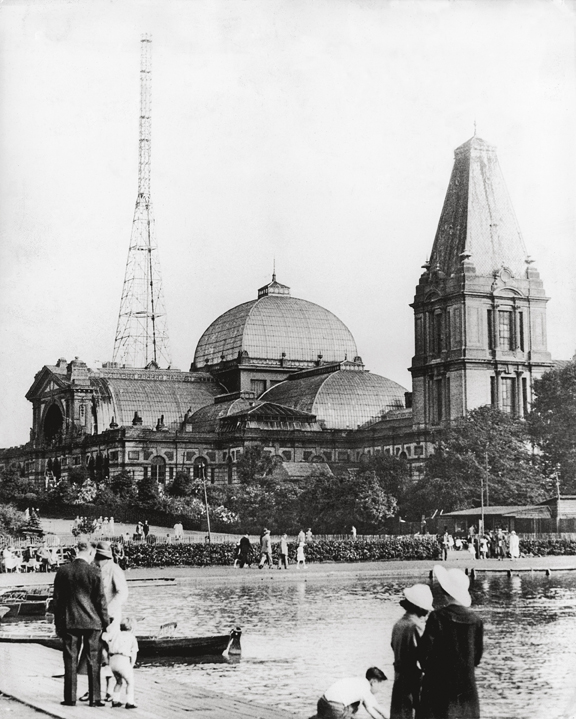 Alexandra Palace: How it's survived fires, bankruptcy and even gang warfare in 150 years as London's 'palace of the people'
Alexandra Palace: How it's survived fires, bankruptcy and even gang warfare in 150 years as London's 'palace of the people'Alexandra Palace has suffered every imaginable disaster, yet remains enduringly popular even a century and a half after its official grand opening. Martin Fone takes a look at the history of one of Britain's great public buildings.
By Martin Fone
-
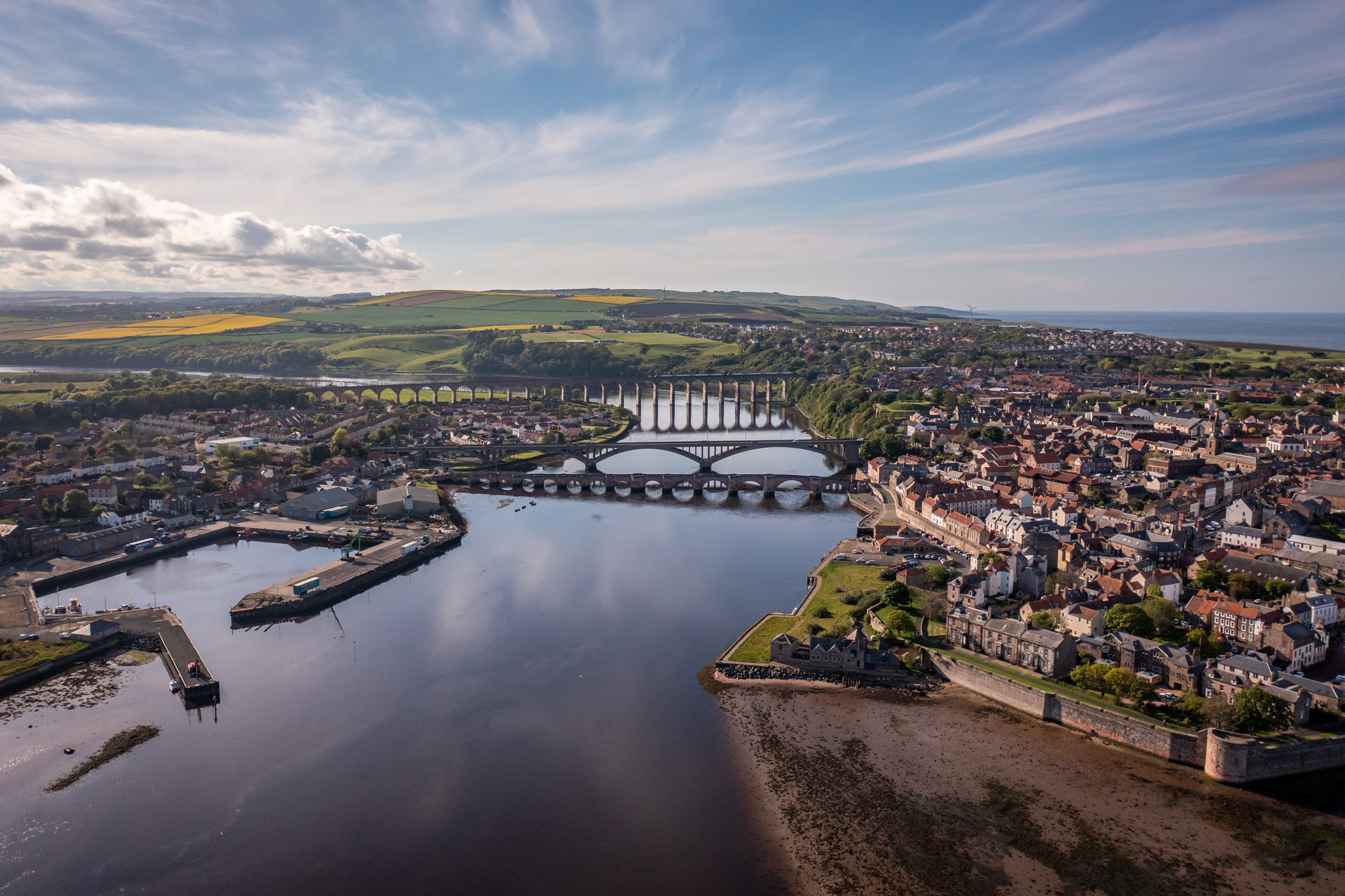 Berwick-upon-Tweed, Northumberland: The spectacular border town with a castle that changed hands 13 times
Berwick-upon-Tweed, Northumberland: The spectacular border town with a castle that changed hands 13 timesBerwick-upon-Tweed spent centuries as a pawn in Anglo-Scottish conflict; today, it's a charming border town with spectacular sights. Clive Aslet takes a look.
By Clive Aslet
-
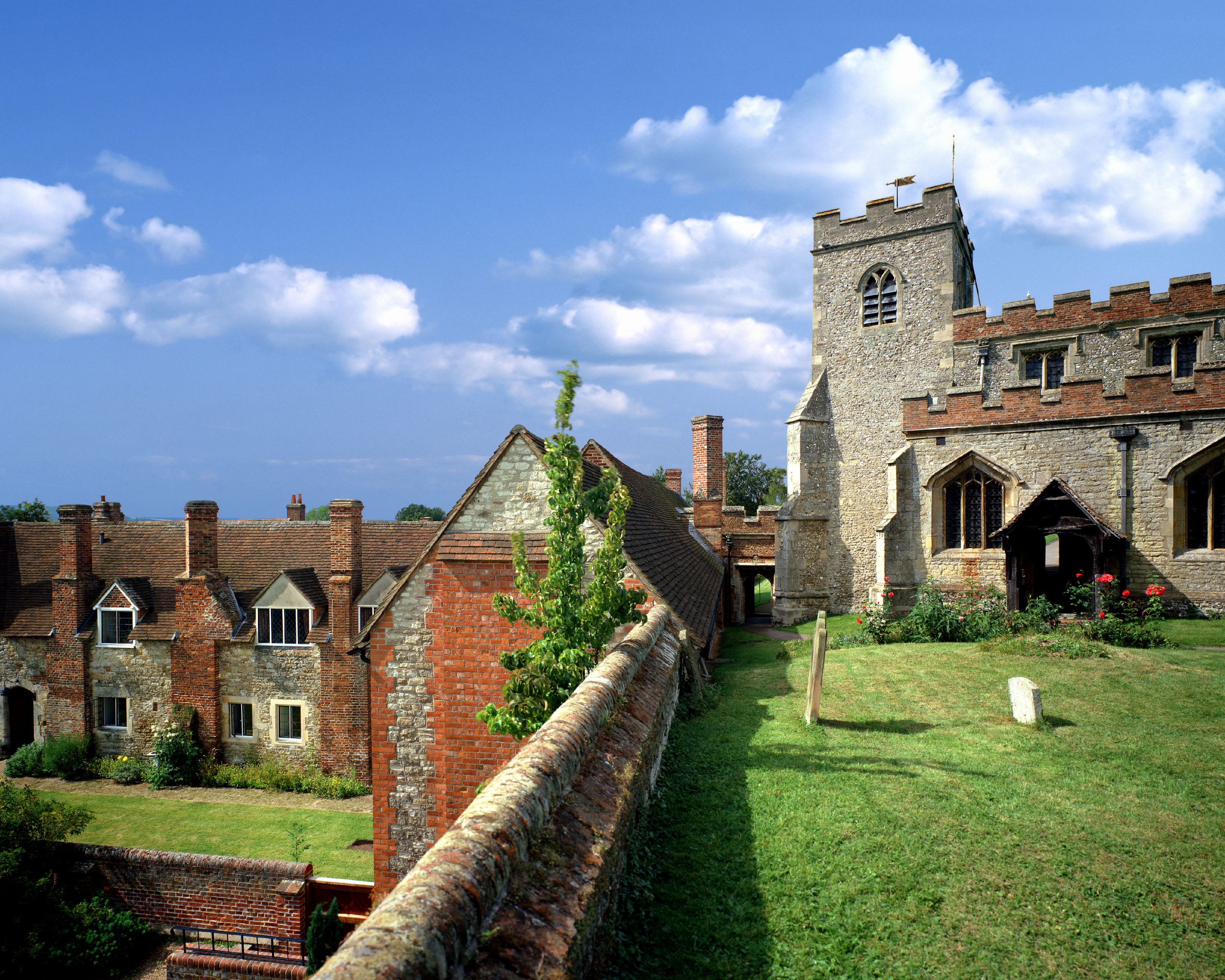 Ewelme, Oxfordshire: The medieval almshouses set up by Chaucer's grand-daughter and still running today
Ewelme, Oxfordshire: The medieval almshouses set up by Chaucer's grand-daughter and still running todayCountry Life's 21st century Grand Tour of Britain stops off at the remarkable church and almshouses at Ewelme, Oxfordshire.
By Toby Keel
-
 The Flying Scotsman: How the first 100mph locomotive became the most famous train in the world
The Flying Scotsman: How the first 100mph locomotive became the most famous train in the worldThe first train to officially hit 100mph may not even have been the first, and didn't hold the rail speed record for long; yet a century later its legend is undimmed. Jack Watkins celebrates the Flying Scotsman.
By Jack Watkins